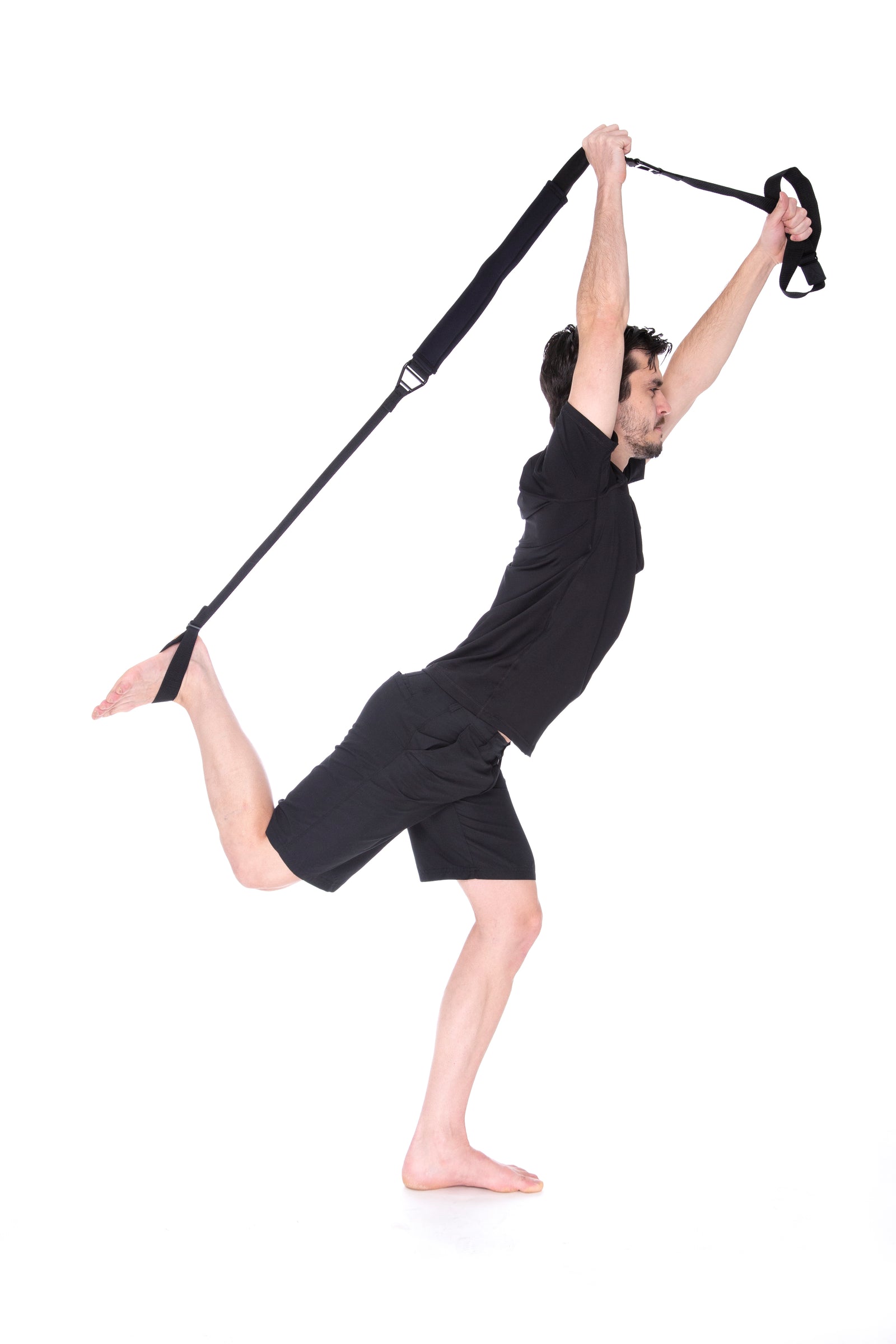Flexibility Training: Types of Stretching

The key to flexibility is understanding the right type of stretching and strengthening movements to improve range of motion. There are five types of stretching: dynamic, active, passive, static and PNF stretching.
- DYNAMIC STRETCHING is stretching performed throughout the fullest range of motion. It can be broken down into two categories: ballistic dynamic stretching and active dynamic stretching. Active dynamic stretching is considered better for preventing injuries to muscles and surrounding joint tissues.
-
BALLISTIC DYNAMIC STRETCHING is known as bounce stretching. Due to the risk of straining or pulling muscles, this type of stretching is generally not recommended for everyday people who want to stay in shape or improve flexibility. Stretching movements that are too forceful can damage the muscles, ligaments and tendons.
-
ACTIVE DYNAMIC STRETCHING allows movement through the full range of motion with controlled action. Think of swinging your leg from side to side to “actively” stretch the hips. This type of controlled movement allows for the muscles to be gently warmed up as they increase range of motion, avoiding the “stretch reflex”. Many athletes use dynamic stretches to warm up before performing to enable them to jump higher, run faster and perform at their peak.
-
ACTIVE STRETCHING refers to any time an opposing muscle group contracts to increase the stretch. For example, to stretch the hamstring, you may straighten your leg with the quadriceps to release tension in the hamstring and allow for stretch.
-
PASSIVE STRETCHING refers to any time an outside force is applied to muscles to change range of motion. When you drop your heel down of the curb to stretch your calf muscles, that is an example of passive stretching. You allow the weight of your body and gravity to increase the stretch of the muscles.
-
STATIC STRETCHING refers to holding a stretch for a desired time period. Most static stretches are held for a minimum of 8-10 seconds and maximally 2 minutes. This is the most common form of stretching that is considered safe and effective.
-
PNF (PROPRIOCEPTIVE NEUROMUSCULAR FACILITATION) stretching is considered the stretch, contract, stretch system. Using the joint, the neuromuscular system (Golgi tendon) activates by contracting the muscle. It then allows the muscle to fully relax and thus be fully stretched. In this instance, one would passively stretch the hamstring by lifting the leg. Next, one would contract the hamstring against resistance held for a few seconds, and immediately stretch the hamstring to allow a deeper stretch. It feels like the muscle “lets go” and allows full stretch. PNF stretching has been proven to improve active and passive range of motion.
According to the American College of Sports Medicine, stretching should be held for 15-30 seconds and repeated 2 to 4 times in each position. Throughout the FLX flexibility training, stretches will be used with the Flexistretcher. The Flexistretcher system allows for resistance and stretch within each movement for the joints of the body. To gain flexibility you must continually strengthen muscles that restrict movement, as well as stretch them.
It is imperative to understand the normal joint range of motion (ROM) to help target muscle imbalances and potential injuries. When a joint is limited in its normal ROM, it is more likely to be injured and restricts movement.




Leave a comment